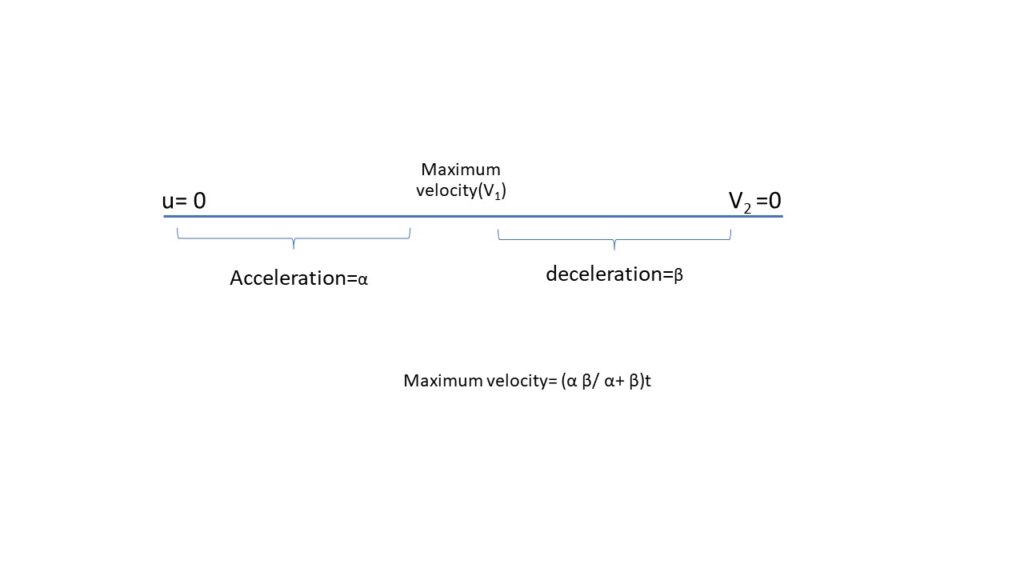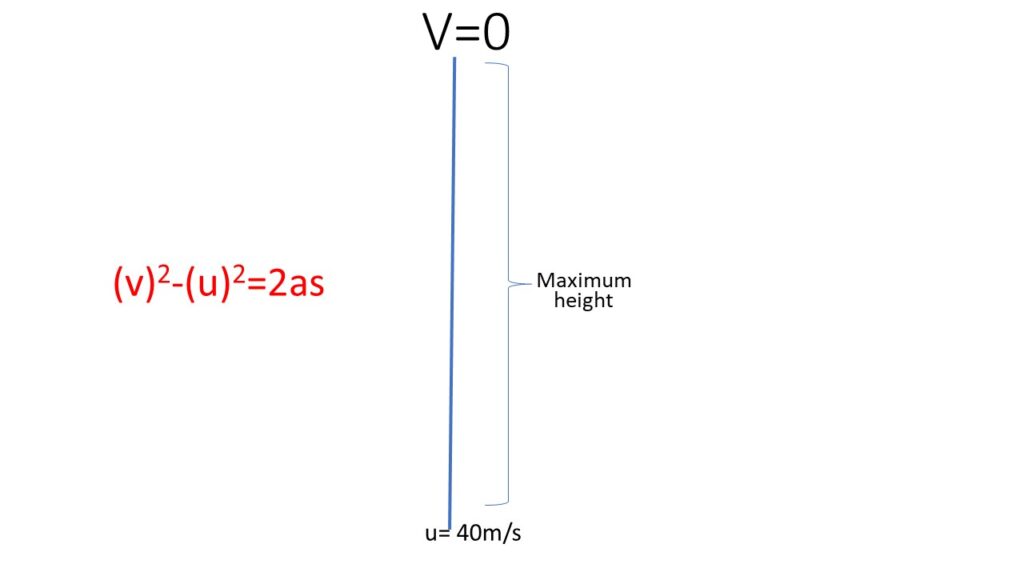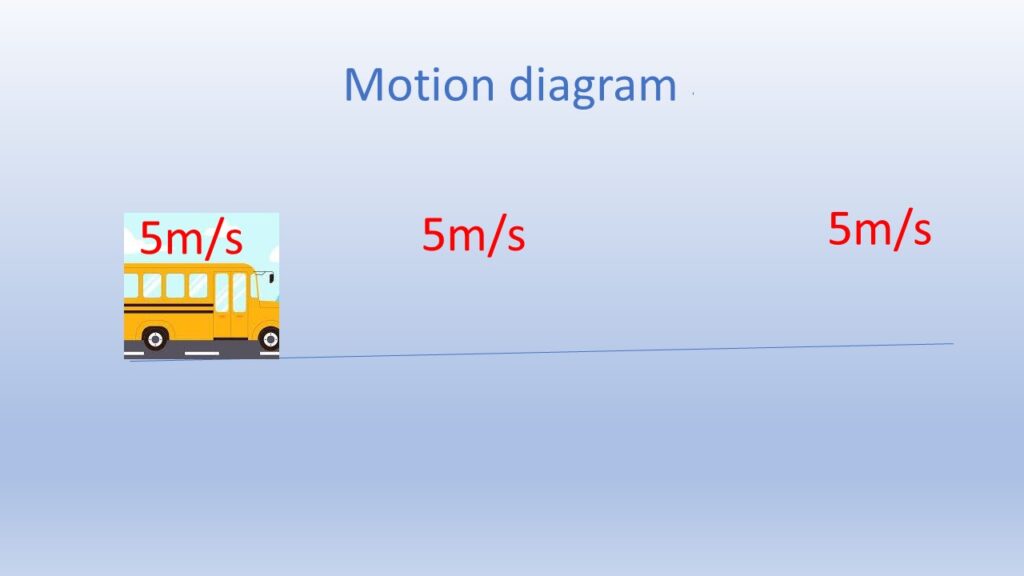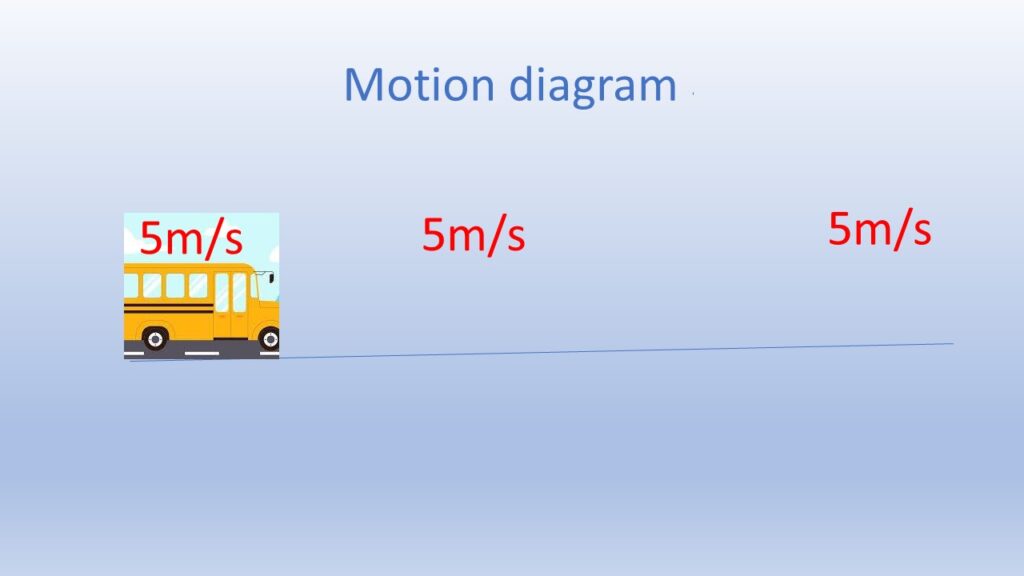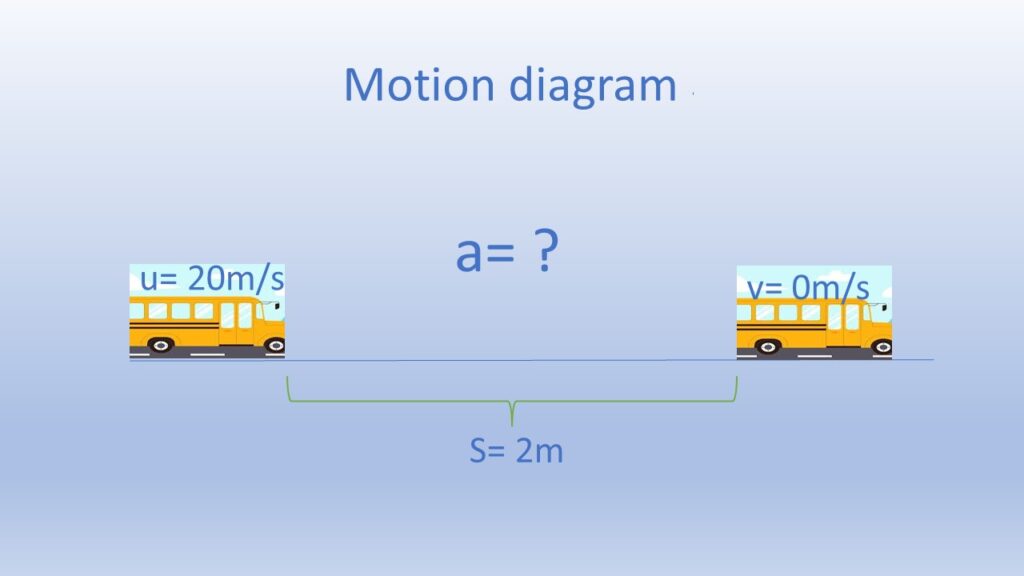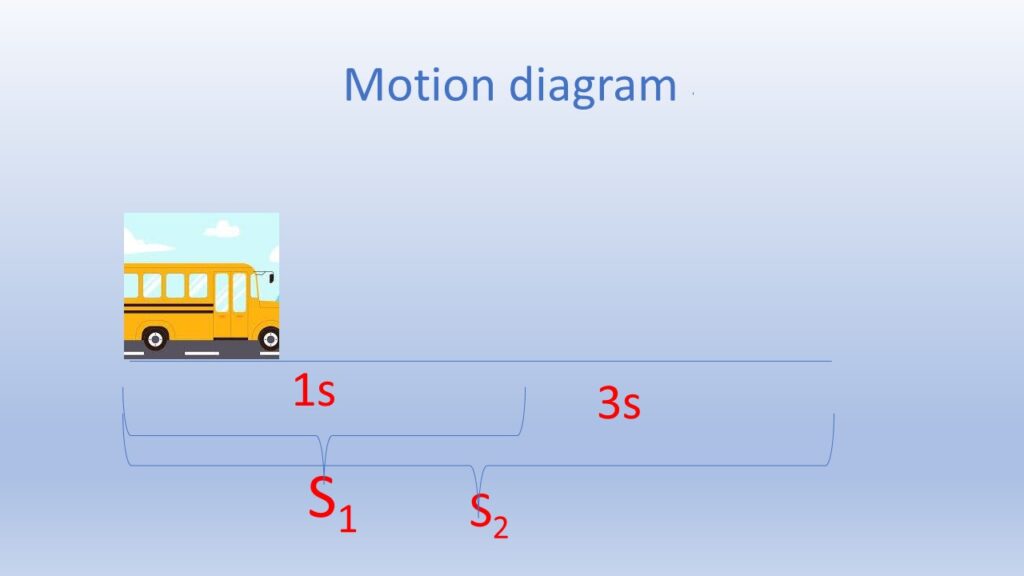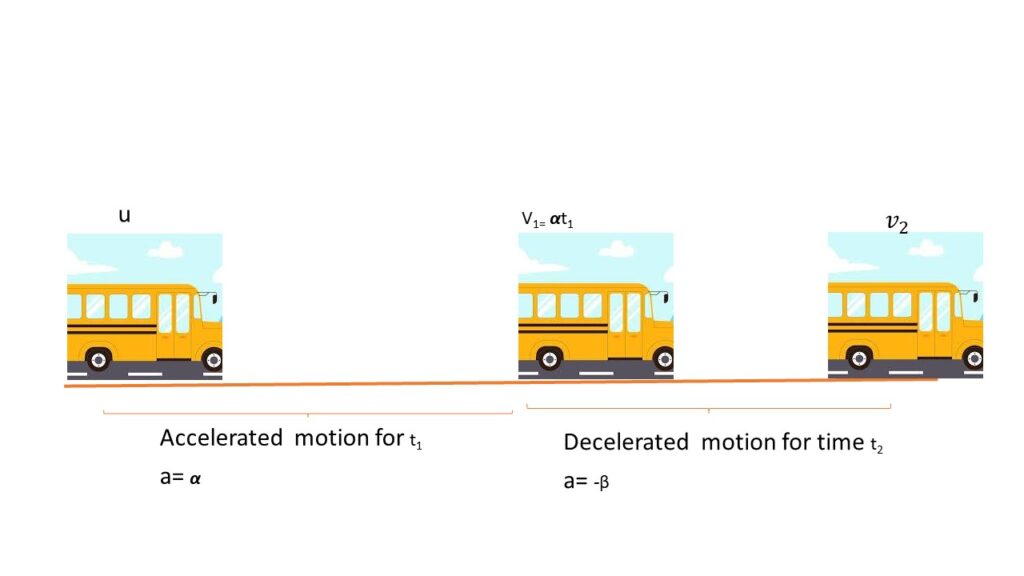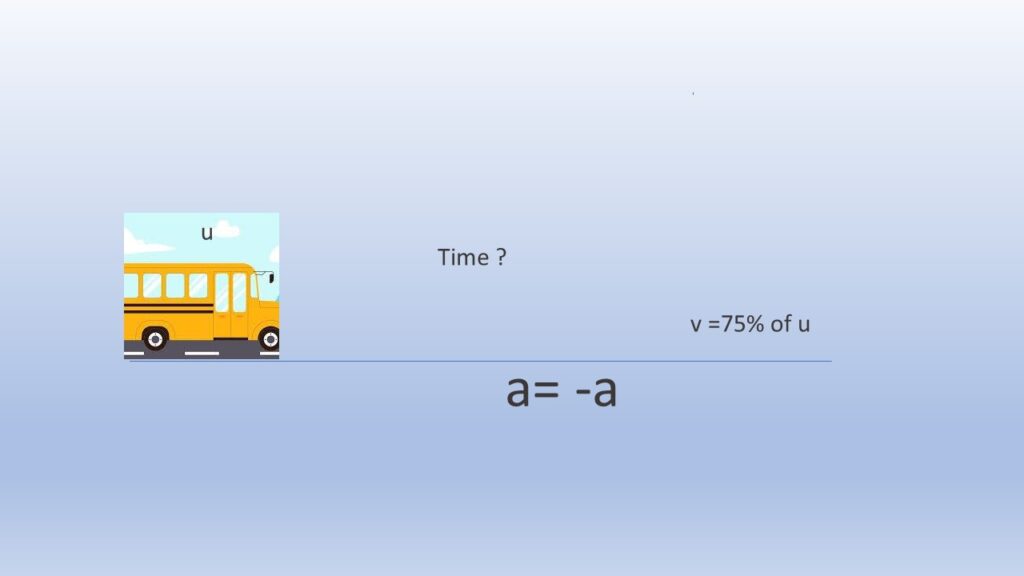Physics
VIBGYOR4U physics solutions. Go through it and provide feedback.
answer: if a passenger tosses the coin, the coin will go up and it has only gravitational acceleration. but train moves with uniform acceleration towards. so, the coin will fall behind the passenger. Views: 76.....
solution: The car starts from rest (u)=0 acceleration (a)=α to reach maximum velocity “V1“ then ,the car decelerates with (a)=-β final velocity (V2)=0 for the first case ,V1=0+αt1,t1=V1/α for the second case, initial velocity(u)=V1 with deceleration (a)=-β final velocityV2 =0 0=V1-βt2.....
solution: For a freely falling body initial velocity (u)=0 for a body which travelled in nth second distance Sn=u+ a(n-1/2) for freely falling body acceleration(a)=g for 2nd second S2=g(2-1/2) =g(3/2) for 3rd second S3=g(3-1/2) =g(5/2) the ratio between is 3/2g:5/2g=3:5 Views: 80.....
solution: The object projected vertically upwards an initial velocity(u)=40m/s if the object to reach the maximum height, the final velocity will be zero. from kinematic equations ,we have the formula, (v)2-(u)2=2as here , v=0,u=40m/s, a=-g=10m/s2 0-40*40=2(-10)S -1600=-20S S=80m here, distance is.....
solution: In the above question, car is travelling with 5m/s for 10minutes. here he mentioned instantaneous speed ,that means at particular instant how much velocity it has. it has travelled for 10minutes,that means through the journey it is travelling with uniform velocity. so, answer is at t=500s.....
solution: in the question ,the driver managed his car with 5m/s. the time is 10minutes the car is moving with uniform velocity with 5m/s that means ,the car has travelled with 5m/s through out the journey. i.e at 2minutes and 10minutes also ,the car has same velocity. the average speed of the car is.....
solution: car is moving with a speed(u)=20m/s it can stopped by brakes ,that means final velocity (v)=0 in mean time ,it travelled a distance (S)=2m. by given information ,initially it has initial velocity and then comes rest .so, the car is in retarded motion. we have the formula, V2-u2=2aS 0-(20)2.....
solution: a particle starts from rest (u)=0 the distance covered in first second (t)=1sec we have the formula S=ut+1/2at2 here ,u=0,t=1s,a=a S=0+1/2a(1)2 S1=1/2a the distance covered in 3sec S=ut+1/2at2 S=0+1/2a(3)2 S2=9/2a S1 :S2=1:9 the ratio of the distances covered by body is 1:9 Views: 83.....
solution: a bus initial velocity u=0 for time =t1 acceleration = α after time t1 ,the velocity will be v1=αt1 this velocity will become initial velocity for retarded motion, u=αt1 then retards with acceleration =-β for time =t2 this is given information , for time t2 ,the body retards v2= αt1-βt2.....
solution: initial velocity =u final velocity =u-75% of u =u-3/4u v=u/4 we have the formula v=u+ at retardation= -a u/4=u+(-a)t at=u-u/4 at=3u/4 t=3u/4a if the velocity u of a body moving along a straight line with ,after time 3u/4a the velocity is reduced by 75% of u Views: 86.....
Views: 135

